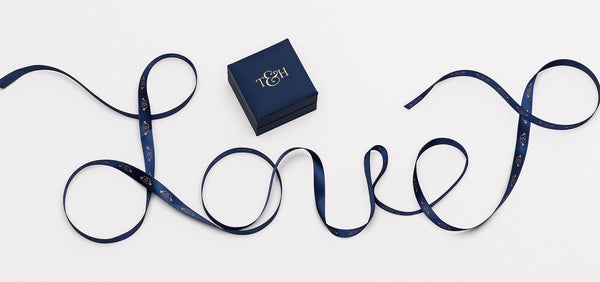We’ve all heard the following stated on the red carpet many times: “My dress is Versace, the shoes are Chanel, and my jewelry is vintage.” If you’re a jewelry fanatic, this can be maddening. The term “vintage” is an umbrella term for many eras of jewelry.
Much like paintings, a style of jewelry can be used to date it back to a certain era. It’s interesting to look at the history of jewelry design. Some of the most well-known eras are: Georgian, Victorian, Edwardian, Art Nouveau, Art Deco, Retro, and Modern.
The Georgian Era (1714–1830) In the time of Marie Antoinette, jewelry was mostly handmade in 18K silver and gold. Typically, because jewelry was so expensive, stones were set in silver and backed in gold to prevent tarnishing. Unlike much of the jewelry we see today, it was common for Georgian era jewelry to have one piece with stones of many different shapes and sizes. In the early history of jewelry design, stones were never cut to fit a piece of jewelry. Instead the jewelry was designed to fit the different shapes of the stones.
The Victorian Era (1835–1890) The Victorian period was named for the young and beautiful Queen Victoria of England. Queen Victoria most famously wore an emerald snake ring as her engagement ring. Like Victoria herself, many women used their birthstones in engagement rings versus the diamonds we see today. The other most notable jewelry trend of this era symbolized the queen’s mourning of her late husband. Golden lockets and the use of black in jewelry became very normalized at this time. It was during this era that solitaire diamond engagement rings gained popularity.
The Edwardian Era (1895–1915) The Edwardian Era is considered the height of sophistication in style and society. An opulent jewelry staple of today gained popularity during this era: the use of platinum. Platinum gained popularity among jewelry makers because its strength allowed development of more intricate and detailed pieces. This resulted in an overall style of the period that was light and feminine, versus heavier designs of the past.
The Art Nouveau Era (1895–1915) As observable from the dates, the Art Nouveau Era shared its time period with the Edwardian Era. The Art Nouveau style was generated as a revolt against the industrial age’s technological advances. The jewelry of this era is some of the most desirable in the world. It was handcrafted and a stark contrast to other pieces of the time. Unlike Edwardian jewelry, diamonds were used as an accent and not a primary gemstone. However, the most important concept from this area was the use of enamel on jewelry for a stained glass effect.
The Art Deco Era (1915–1935) To understand the jewelry from the Art Deco Era, it’s important to understand the history. The beginning of World War I meant that jewelry manufacturing came to screeching halt and the trends of Edwardian Era were no longer relevant. Women were expected to take on what had historically been men’s roles and the overall attitude is reflected in jewelry from that time. Bold, geometric lines were all the rage celebrating more masculine trends.
The Retro Era (1935–1950) In the 1930s, the United States was gaining momentum following the Great Depression and the jewelry industry followed suit. Hollywood served as a new platform for glamour and as the inspiration for jewelry from this era. Trends included an emphasis on gold in all its shades: rose, green, and yellow. Much like the starlets from this era, the jewelry was big, bold, and opulent.
The Modern Era (1950+) Jewelry from this era reflected economic growth in the United States. Pieces incorporated lots of flashy stones and many, many diamonds. In fact, it was just before this era that De Beers unveiled its still famous slogan “Diamonds Are Forever.” Unlike the Retro era, design was focused on unique textures versus a more polished look. Next time you see a Hollywood star on the red carpet, refer to this history of jewelry design to help you determine the era of their gorgeous jewelry.

